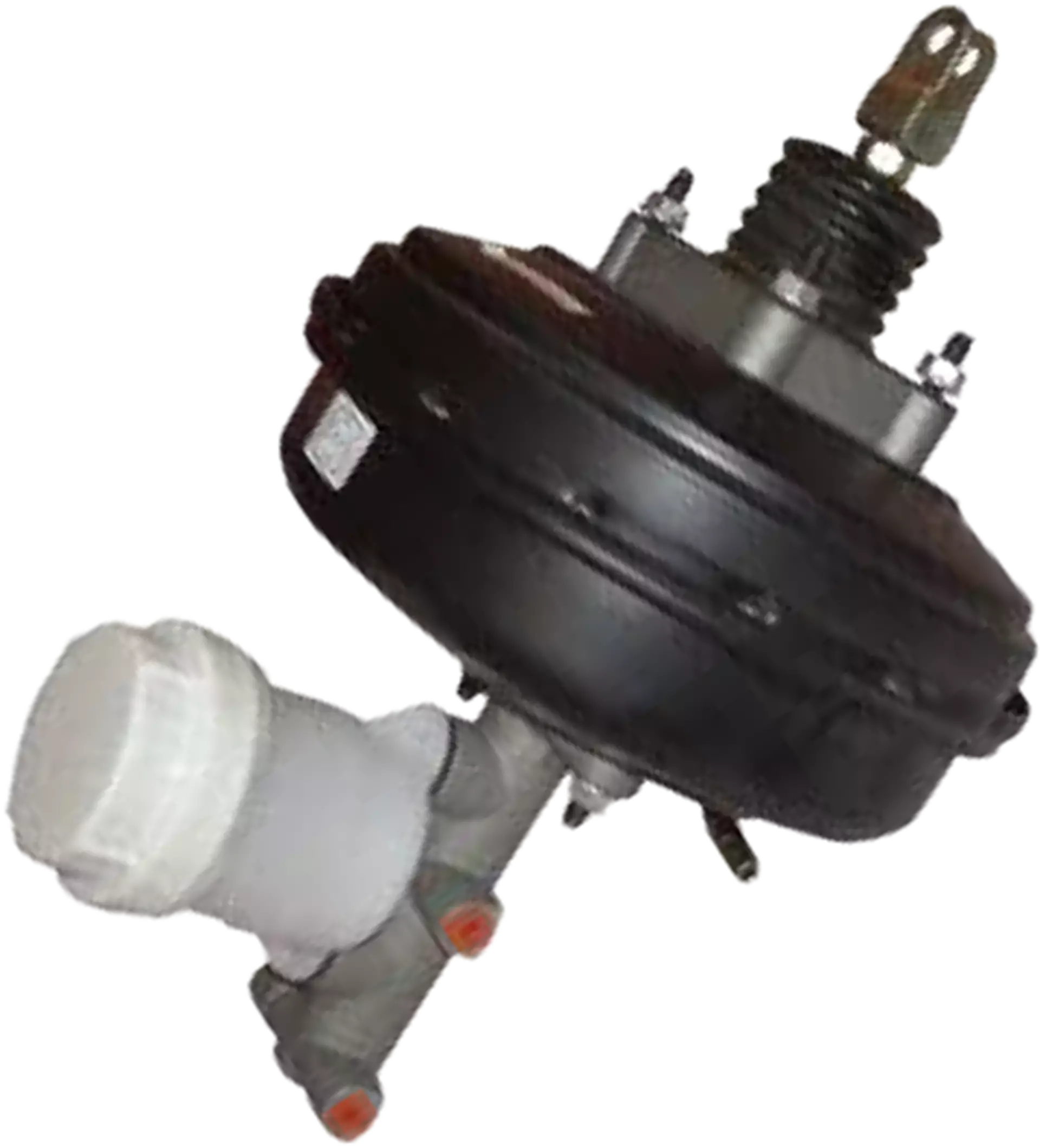MENU
Metal to Rubber Adhesive
In today’s fast-paced industrial landscape, the ability to create strong and durable bonds between metal and rubber components is crucial for various manufacturing processes. Metal to rubber adhesives emerge as essential solutions, facilitating seamless connections that enhance product performance and longevity. This article delves into the importance, benefits, applications, and considerations of metal to rubber adhesive solutions.
Understanding Metal to Rubber Adhesive:
Metal to rubber adhesive refers to specialized bonding agents designed to effectively join metal surfaces with rubber substrates. These adhesives are formulated to provide superior adhesion strength, flexibility, and durability, ensuring a reliable bond between the two materials.
Benefits of Metal to Rubber Adhesive:
- Strong Adhesion: Metal to rubber adhesives offer exceptional bonding strength, creating robust connections that withstand mechanical stress and environmental factors.
- Flexibility: With their flexible nature, these adhesives allow for movements and vibrations, preventing cracks or bond failure over time.
- Versatility in Applications: Metal to rubber adhesives find applications in diverse industries, including automotive, electronics, construction, and more, showcasing their versatility and adaptability.
- Enhanced Performance: By providing a reliable bond, these adhesives contribute to the overall performance and longevity of products, particularly in demanding environments.
Applications of Metal to Rubber Adhesive:
- Automotive Industry: In vehicle manufacturing and repair, metal to rubber adhesives are used for bonding rubber seals, gaskets, hoses, and weather stripping to metal components, ensuring optimal performance and durability.
- Electronics Sector: Metal to rubber adhesives play a crucial role in electronic device assembly, bonding rubber components like gaskets and insulators to metal enclosures, providing electrical insulation and environmental protection.
- Construction and Infrastructure: In construction applications, metal to rubber adhesives are utilized to bond rubberized materials to metal structures, offering waterproofing and vibration dampening properties.
Selecting the Right Adhesive:
- Compatibility: Ensure the adhesive is compatible with both the metal and rubber substrates being bonded, considering factors such as material composition and surface preparation requirements.
- Performance Requirements: Consider the specific performance requirements of your application, such as temperature resistance, chemical resistance, and bonding strength, when selecting an adhesive formulation.
- Application Method: Choose an adhesive application method suitable for your production process, whether it’s manual application, automated dispensing, or pre-formed adhesive components.
- Quality and Reliability: Opt for adhesives from reputable manufacturers known for their quality, consistency, and adherence to industry standards.
Metal to rubber adhesives serve as integral components in various industrial processes, providing reliable and versatile solutions for bonding metal and rubber materials. By understanding their benefits, applications, and selection criteria outlined in this article, manufacturers can make informed decisions when choosing adhesive solutions tailored to their specific bonding needs. With the right adhesive, achieving seamless bonds between metal and rubber becomes achievable, contributing to enhanced product performance and efficiency across diverse industrial applications.
